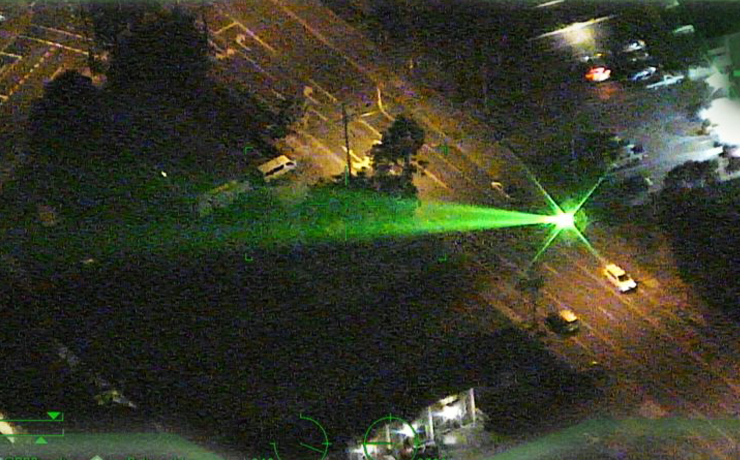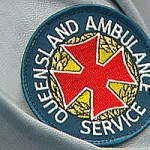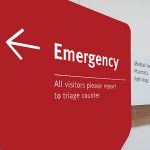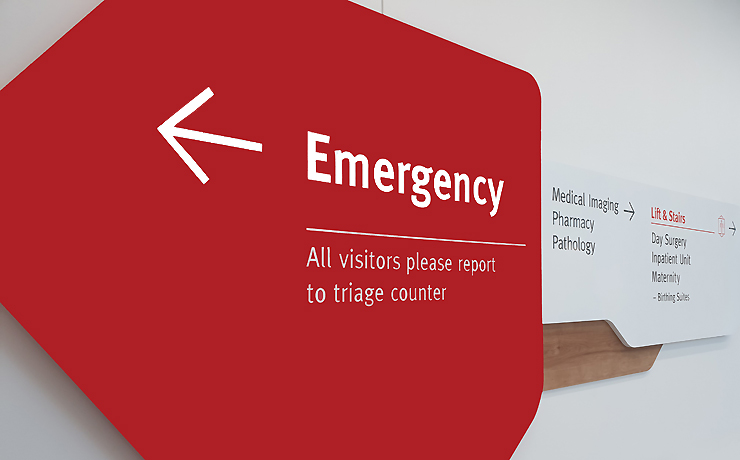
October 2, 2020
RACQ LifeFlight Rescue is calling on the community to help keep helicopter crews safe and report any dangerous use of laser pointers to police.
During the past six months there have been five reported laser strikes on RACQ LifeFlight Rescue helicopters or air ambulance jets.
“They’re obviously doing a busy job, in a congested airspace, so having to deal with these kind of attacks is quite distracting and it puts the crews under pressure they don’t need to be under,” LifeFlight spokesperson Jon Turley said.
“(The) majority of the time, it’s a life or death situation, so flight crews being distracted and having to deal with this does have an influence on their performance.”
Between March and September, Brisbane, Sunshine Coast and Bundaberg chopper crews reported four separate laser strikes.
In some cases, patients were on board.
“One of the biggest things they do, straight away, is notify air traffic control,” Mr Turley said.
“They also don’t look at the source, they try and protect their eyes.”
Exposure to lasers can result in long lasting eye damage.
“The laser can bounce around off other surfaces, so once it gets into the cockpit, it can then go into the eye, from different areas,” Mr Turley said.
As well as affecting the crew members’ vision at the time, hazards can also include flash blindness and loss of night vision, with the risk of losing control of the aircraft.
A laser pointer is defined as a weapon under the Weapons Act 1990, and offences are punishable under the Criminal Code.
“People must understand laser pointers are not toys and can pose real risks to the safety of pilots and the aircraft they fly,” Civil Aviation Safety Authority spokesperson Peter Gibson said.
“Lasers must never be pointed at aircraft and anyone with a legitimate use for lasers must get the relevant approvals.”
Last month, Queensland Police reminded the public that shining a laser at an aircraft or into the cockpit is a Federal crime.
In the past, convicted offenders have received fines high as $10,000, and the offence carries a maximum penalty of two years’ jail.























